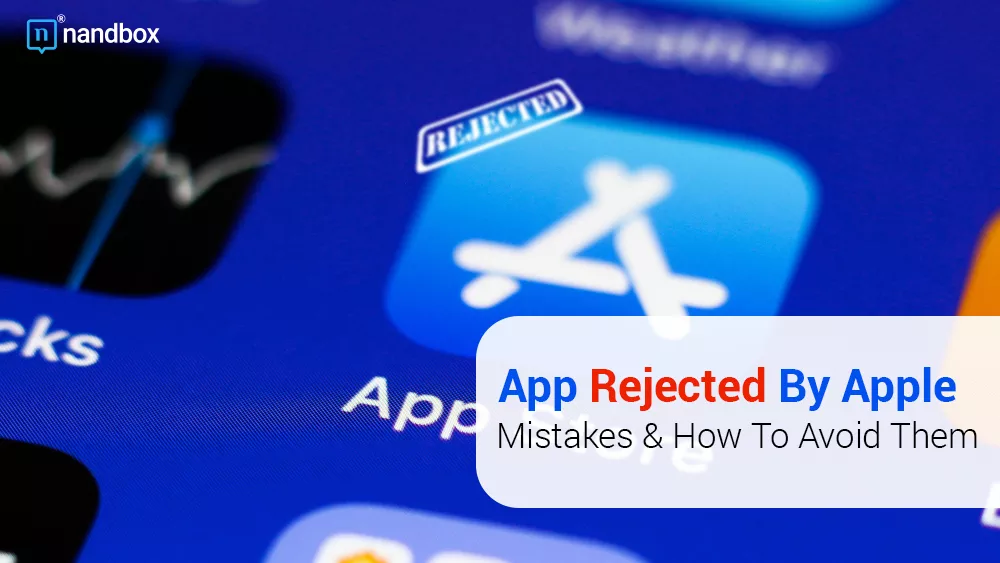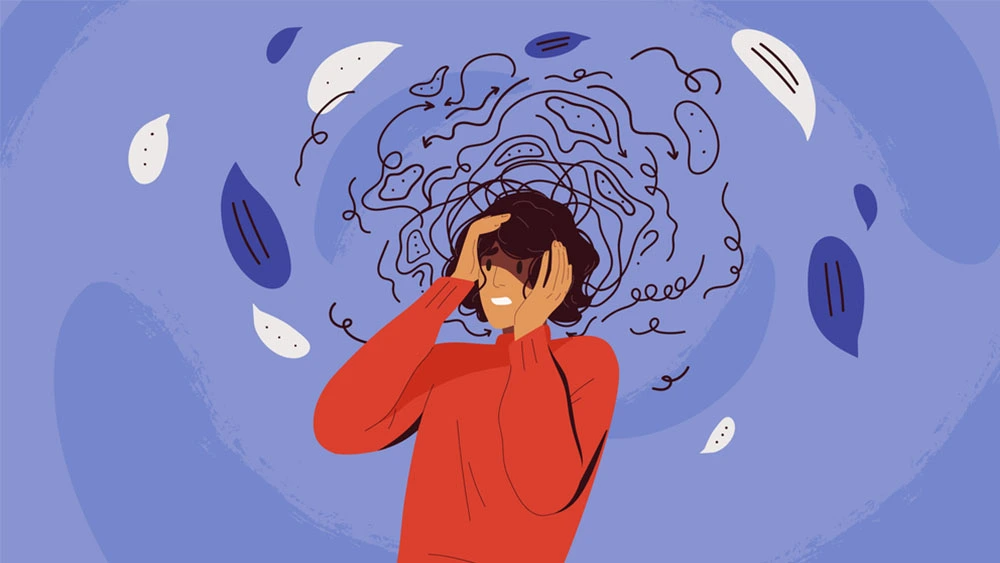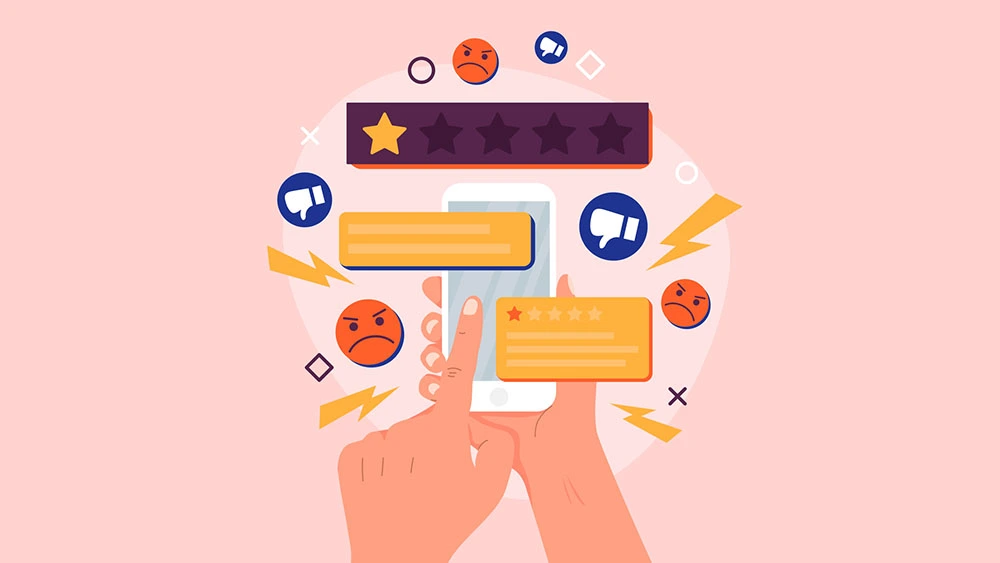Apple is known for its strict rules and requirements for apps. It is not easy to get your app approved by Apple. For many people, getting their app rejected by Apple is just a normal stage of app distribution.
After you’ve spent hours perfecting your app idea, you’re ready to submit it to the App Store. But before you do, there are some things you should know about submitting an app to the App Store.
Because if you get the “app rejected by Apple” message for any reason and you submit it again unless this issue is resolved, Apple warns, “the next submission of the app may require a longer review time.”
10 Common Mistakes That Get Your App Rejected by Apple
1. Objectionable Content
Objectionable content is defined as any content that is only appropriate for adults, whether in the app or the metadata, even if it’s just one word or one image. Apple also commented on this matter. “The app owner should remove all and any problematic material before re-submitting for review.”
2. Making Your App Too Complicated
If you’ve got a lot going on in your app, make sure it’s simple enough for people to understand. You don’t want to confuse your users with too many options or complex menus.
And if Apple finds any tricks in your app, they stated: “Submitting apps that are meant to mislead or hurt customers or get around the review process could cause your Apple Developer Program account to be closed.”
3. Poor Design
Your app should look professional and polished. Don’t use any text boxes or buttons that are hard to read. Also, avoid using images that are blurry or of low quality.
But, as a matter of fact, Apple said that “the App Store may reject your app as spam. If your app provides a duplicate feature group as other apps submitted to the App Store; it simply varies in content or language.” So make sure that your app is unique in functionality and design.
4. Bad Screenshots
Screenshots are absolutely necessary. Show users exactly how your app works and what it’s capable of doing before they download it. Show off how your app’s features are helpful. Because without screenshots, no one would even consider downloading your app.
4. Unclear Pricing
You don’t want to confuse your customers. Make sure that your prices are clearly stated. Also, make sure that you don’t charge different prices for different countries.
5. Too Many Permissions
Permissions are necessary for some applications. However, if you ask for too many permissions, then users may feel uncomfortable downloading your app. You should only request the bare minimum of permissions. It’s better not to ask for contacts, calendars, or locations if it is not necessary.
6. Unnecessary Features
Adding unnecessary features to your app might make users find it confusing. Keep in mind that users are looking for apps that are useful and helpful. Adding features that aren’t necessary could turn users away. Don’t add features just because you think it will make you offer an all-in-one solution. People download apps to do specific things, and adding unnecessary features makes your app seem less useful.
7. Missing Features
Make sure that your app includes everything that it promises. As an example: if you say that your app helps people book yoga classes but you did not add any online payment options, the payment gateway in this example is a missing feature that will lead you to get your app rejected by Apple.
8. Missing Keywords
The most important part of getting your app discovered is using the right keywords. Without them, users may never know that your app exists. Make sure that you add relevant keywords to your title and description.
Keywords allow search engines to find your app and display it in relevant searches. But, you shouldn’t just throw keywords into your title and description. Make sure that you actually use those words somewhere in your app.
9. Locking Down Your App
You might think that locking down your app before it’s ready would give you time to fix any bugs, but it could actually cause problems later on. Your users might have trouble downloading your app if it doesn’t work properly. To avoid this, make sure you test your app thoroughly before releasing it and control your growth according to your app’s technical limitations.
10. Not Having Enough Content
Apple’s guidelines state that apps should have at least 100 MB of content. If you’re planning on releasing an app that only contains a few images, then you’ll need to make sure that those images are high-quality. You don’t want to end up with an app that looks bad due to low-quality images.
Apple doesn’t want to see apps that have nothing to offer. If you’re going to make money off your app, then you need to provide some kind of value. You don’t have to go overboard, but if you’re not offering anything at all, then you will get that avoidable message, “app rejected by Apple.”
If your app got “app rejected by Apple,” do not lose hope; improve it and enhance your content, and remember that 99% of mobile apps that are submitted to the Apple App Store face the “app rejected by Apple” stage.
Finally, do your best in creating your content, crafting your products, and understanding your market. From the technical side, nandbox will help you build the unique app that your business deserves.
Try nandbox app builder and build your app now!








